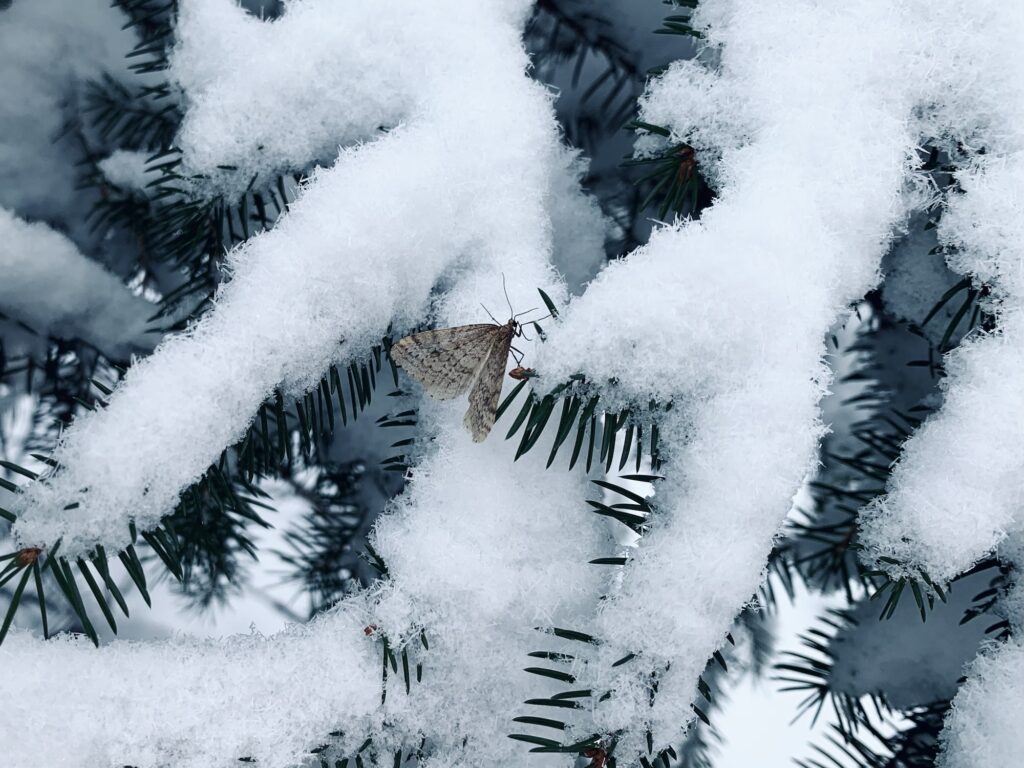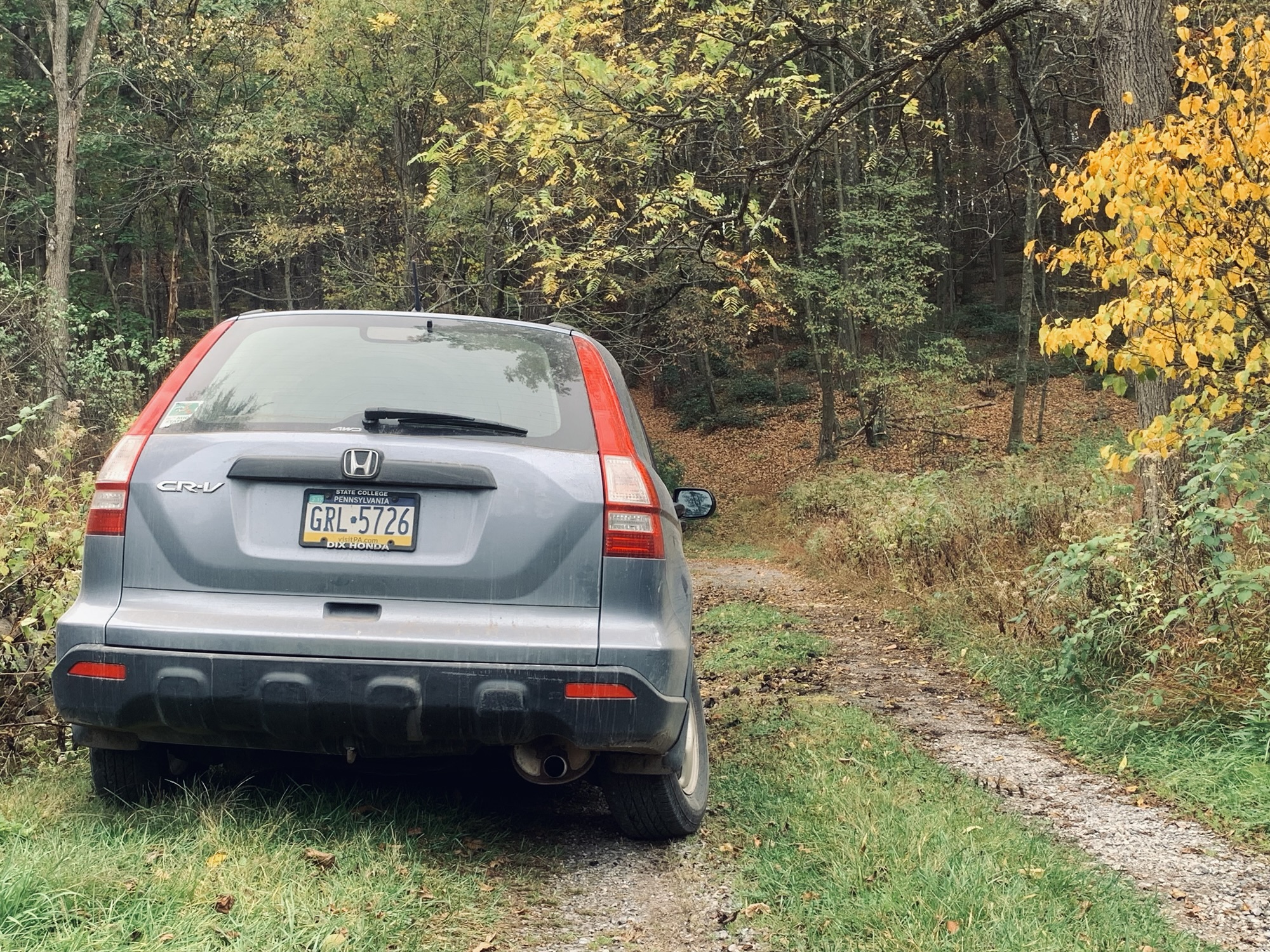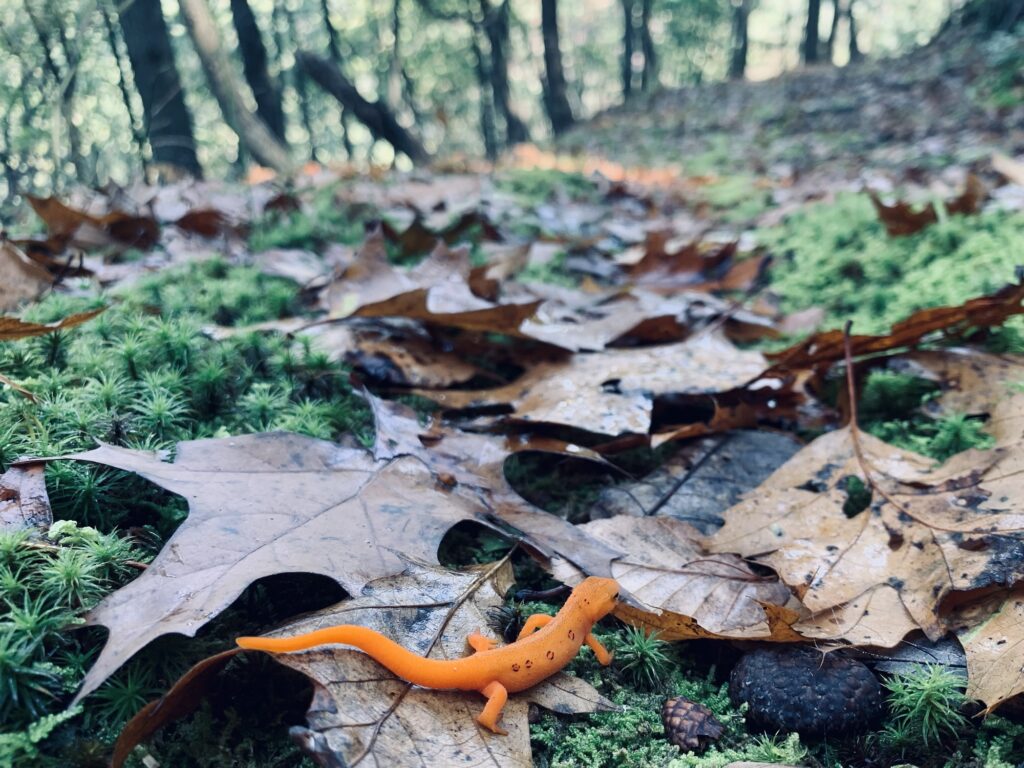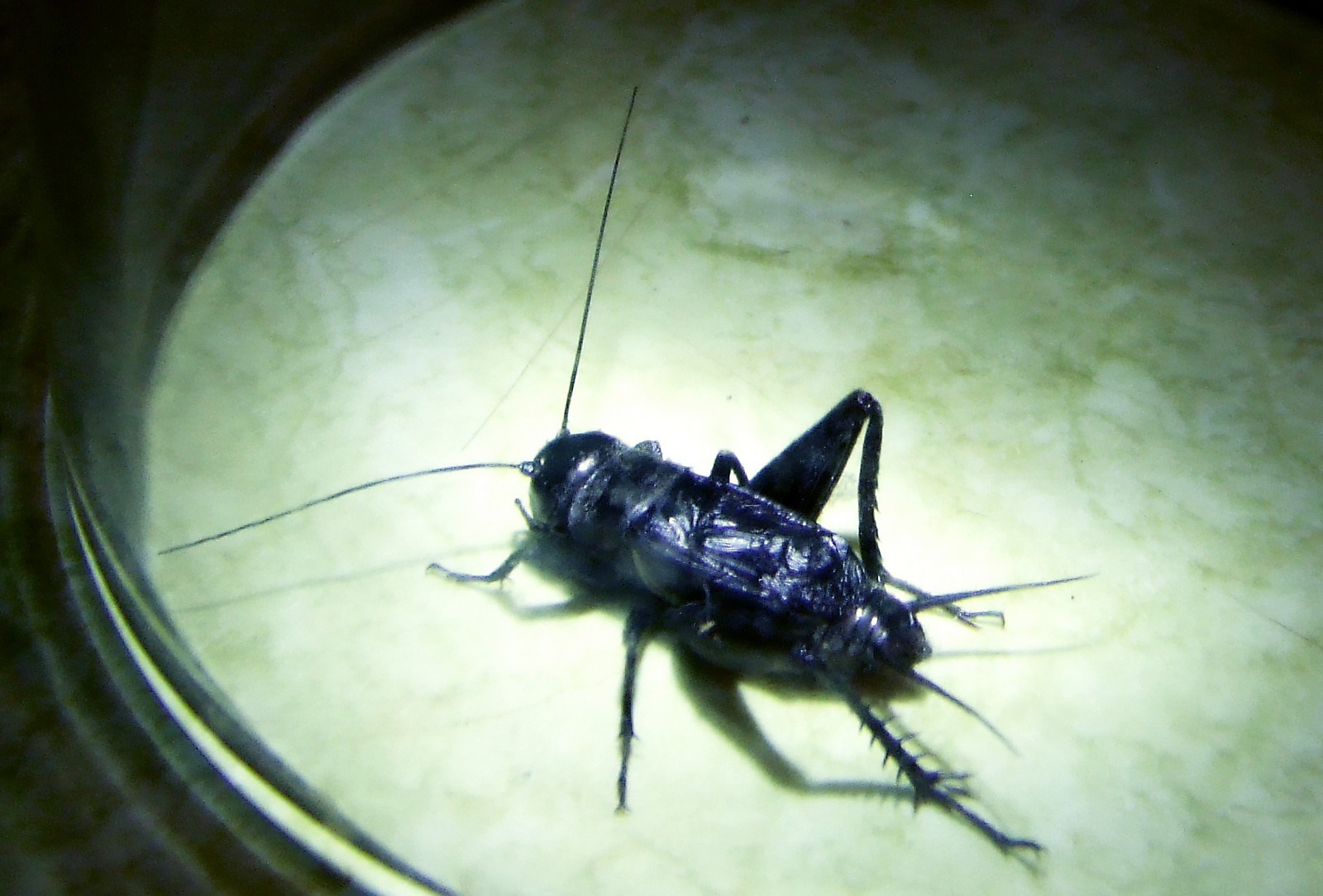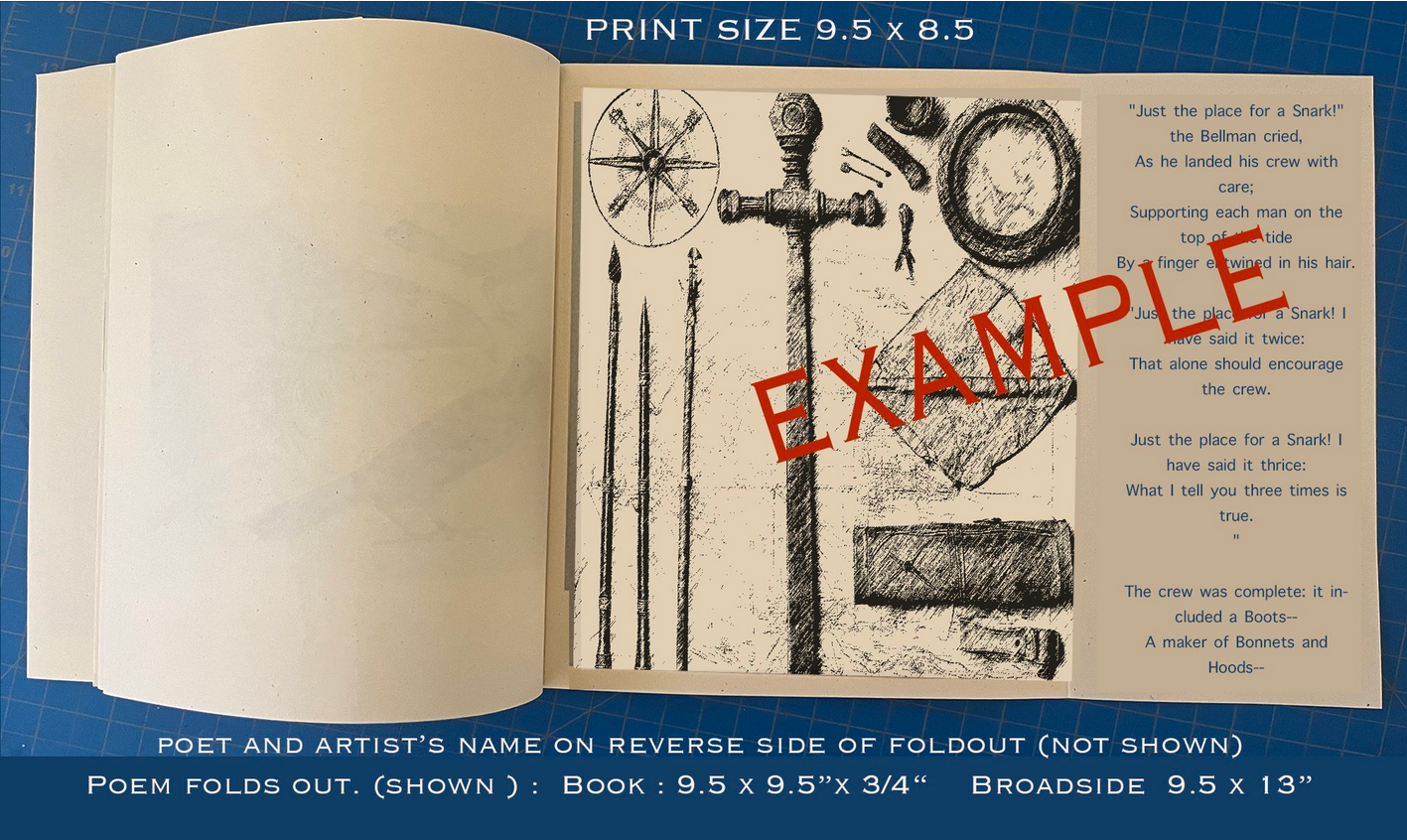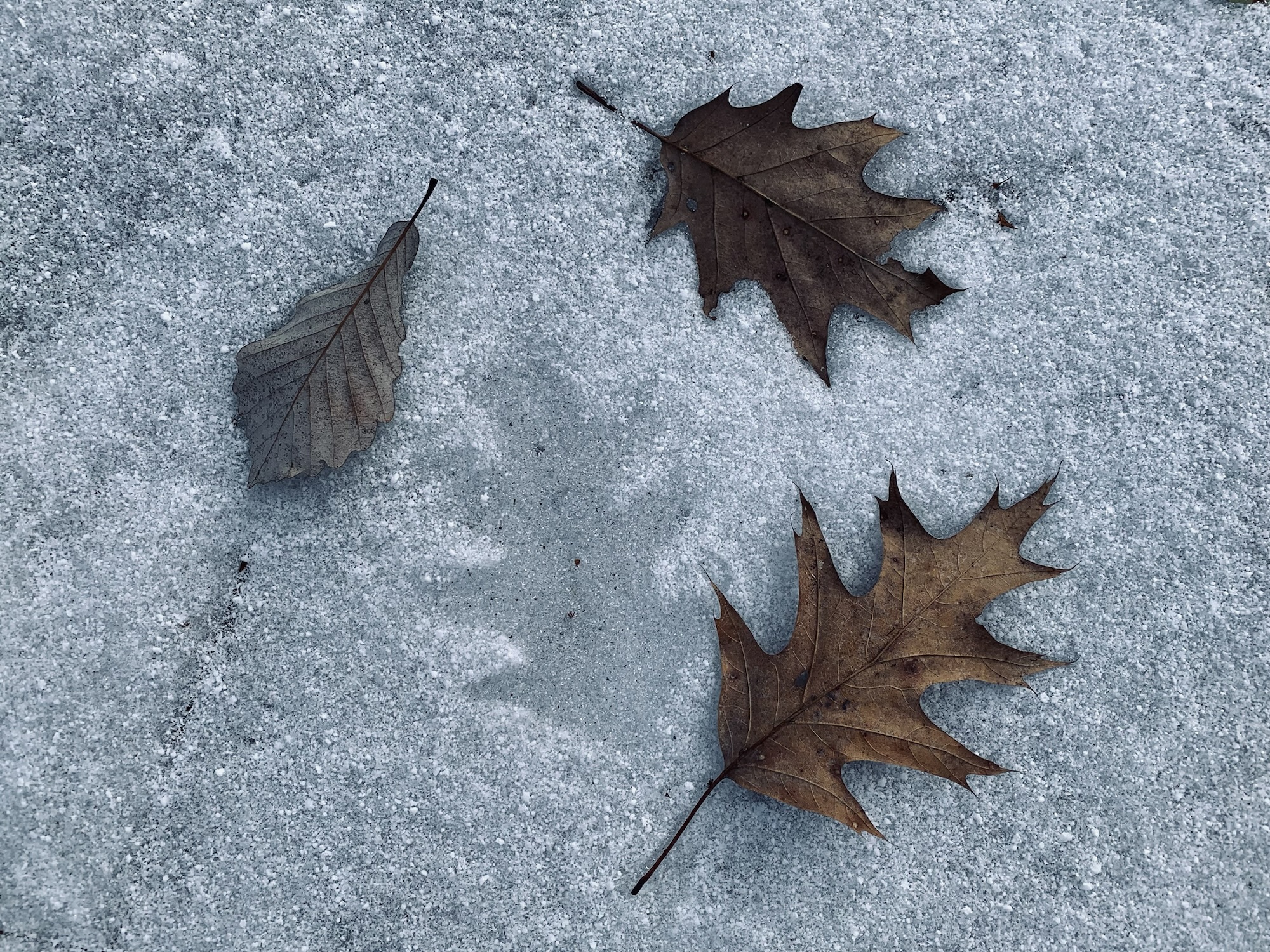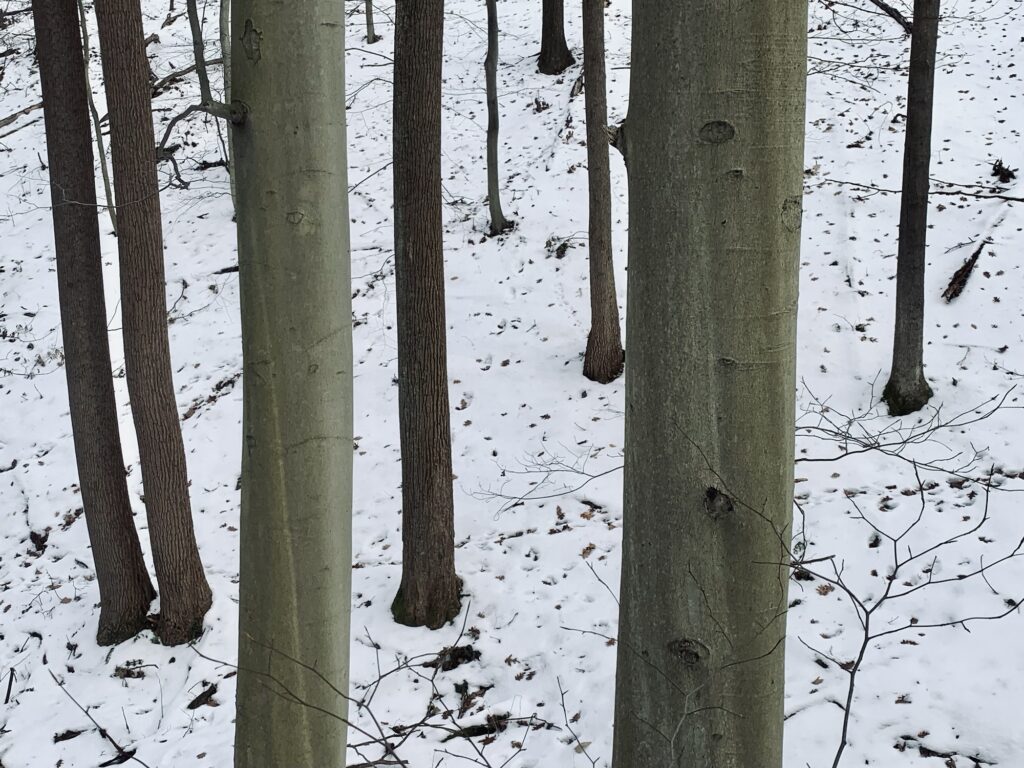 Each year since 2023, I’ve had a poem in a different anthology, starting with Dear Human at the Edge of Time: Poems on Climate Change in the United States (voted “Best Poetry Anthology” in the American Book Fest’s annual Best Book Awards); last year’s A Literary Field Guide to Northern Appalachia; and now Keystone Poetry: Contemporary Poets on Pennsylvania. While such experiences might be par for the course for less outsider-y poets, it’s new to me, and I can’t help compare the experience to being published in magazines, which is often kind of a let-down, given the semi-ephemeral quality of even a print journal, which just seems destined for the trash at some point. Submitting to an anthology offers the possibility of a collection I’ll actually enjoy owning and reading.
Each year since 2023, I’ve had a poem in a different anthology, starting with Dear Human at the Edge of Time: Poems on Climate Change in the United States (voted “Best Poetry Anthology” in the American Book Fest’s annual Best Book Awards); last year’s A Literary Field Guide to Northern Appalachia; and now Keystone Poetry: Contemporary Poets on Pennsylvania. While such experiences might be par for the course for less outsider-y poets, it’s new to me, and I can’t help compare the experience to being published in magazines, which is often kind of a let-down, given the semi-ephemeral quality of even a print journal, which just seems destined for the trash at some point. Submitting to an anthology offers the possibility of a collection I’ll actually enjoy owning and reading.
That was certainly the case with each of these volumes. As an ecopoet, it was gratifying to share space with work that spoke to real issues I care about. I liked the field-guide aspect of A Literary Field Guide to Northern Appalachia, and loved the online component of Dear Human, hosted by the wonderful Wick Poetry Center.
But Keystone Poetry was the stand-out for me as a collection — an actual page-turner, I thought. And I seldom have that reaction to any anthology. But the editors, Marjorie Maddox and Jerry Wemple, were experienced: they’d brought out an earlier anthology of Pennsylvania poets called Common Wealth 20 years ago, and that was also very good. Both anthologies avoid the trap of trying to be a definitive anthology of Pennsylvania poetry, by focusing on the state rather than on poetry per se, and looking for poems that capture it in all its cultural and geographical diversity. This is in fact how I got in, despite missing the regular submission deadline (because I had no idea the anthology was happening): they saw they needed more poets from my area, and asked my friend Todd Davis (also one of the editors of A Literary Field Guide to Northern Appalachia) for recommendations. I sent along an older poem about an explosion from a limestone quarry, which turned out to be a good fit.
It was interesting seeing the presses’ differing approaches to promotion and intellectual property. University of Georgia Press acquired full rights, which was deeply upsetting — I’ve always been a big believer in open content, and share all my online work under a Creative Commons license, but it was too late to pull out by the time I learned about this arrangement. It was also the one poem I struggled to write, spending months on rewrites in a process completely alien to my normal way of writing, and I think it shows in the result, which strikes me as labored and wordy. So even if I do at some point get off my fundament and produce a Collected Poems, “Chestnut Oak” won’t be in it, so I won’t be forced to ask the press for reprint permission for my own work.
By contrast, “Father Roach,” the poem I wrote for the Dear Human anthology, came about unexpectedly, prompted by a friend’s late-night story and written in a couple of hours, in my usual way. As with so many human endeavors, the trick is to get out of one’s own way by trying not to try — philosopher Edward Slingerland’s deft interpretation of the ancient Chinese concept of wu-wei. Always easier said than done.
If you’re a beginning or (god help us) “emerging” poet, you may be saying to yourself, “Ah-ha! So he knew the editors somehow!” Yep, none of this is fair, and that’s just how the world works. One of the editors of Dear Human was Luisa Igloria, my co-author at Via Negativa. I can tell you, however, that I do not know the editors of the next anthology I’ll have work in, which I didn’t even have to submit to! The writing life is full of these little surprises, it seems. More on that when the time comes.
In the meantime, if you’d like to see why I’m raving about Keystone Poetry, you can order it from the publisher and get 30% off with the code NR25. And if you live anywhere in the Keystone State, consider buying a second copy to donate to your public or high school library. Here’s the publisher’s description:
From Philadelphia to Erie, and from the shale fields to the coal mines, Keystone Poetry celebrates the varied landscapes and voices of Pennsylvania. This collection brings together the work of 182 poets who, with keen eyes and powerful language, commemorate the hometowns, history, traditions, and culture of the Commonwealth.
Organized geographically, the poems traverse county lines, ancestral lineages, and thematic concerns—as well as gender, racial, and socioeconomic barriers. The poems in this collection seek to bring the reader close to home while fostering the discovery of new places and a deeper understanding of all those who live in the Keystone State.
Keystone Poetry also includes resources for teachers. Drawing from this collection of place-based literature, high school and college educators can use students’ hometown experiences to make disciplines such as literature, composition, creative writing, history, geography, sociology, political science, and psychology more engaging and accessible.
- To delve more deeply into class discussion, see “Let’s Talk About It,” a helpful aid for individual or group reflection.
- To fuel creativity, access “Let’s Write About It,” a practical guide to inspire writers of all levels.
link

